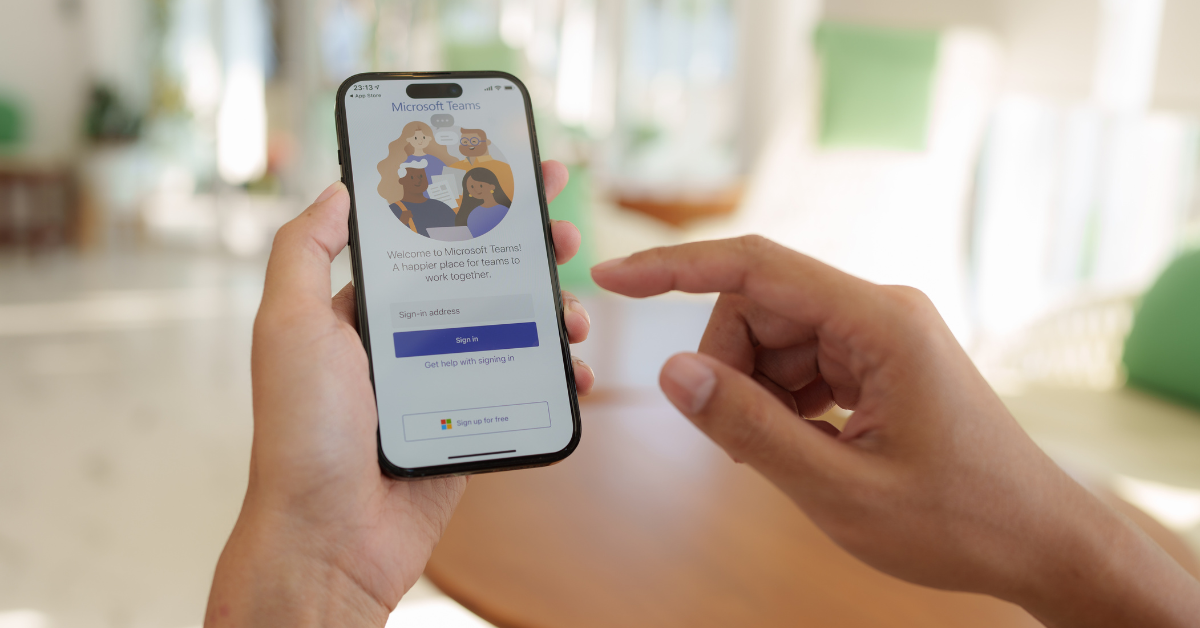Microsoft holds a prominent position in Japan’s business and consumer markets. While it is praised for its reliability and essential role in corporate environments, individual users often express dissatisfaction with usability and support. This article explores how Japanese people truly evaluate Microsoft, offering perspectives across demographics and usage situations.
How Japanese People Perceive Microsoft
Business Users: Trust and Operational Realities
In Japanese businesses, Microsoft is held in extremely high regard, particularly for its Office suite — Word, Excel, PowerPoint — which are seen as indispensable tools. New employee training programs often include Office usage as a required skill, and workflows are typically designed assuming familiarity with Microsoft products. With the rise of remote work, many companies have transitioned to cloud-based Microsoft 365, enabling flexible and efficient collaboration. Microsoft Teams supports online meetings and shared document editing, further boosting its utility.
| Evaluation Criteria | Specific Details |
|---|---|
| Reliability | Proven track record and strong security measures |
| Compatibility | Ensures smooth document exchange across companies |
| Support System | Quick and comprehensive support for corporate clients |
| Cost-effectiveness | Considered worth the investment, despite higher pricing |
In sectors like manufacturing, healthcare, and education, where specialized software is tailored to Windows, Microsoft remains indispensable.
Home Users: Benefits and Complaints in Daily Use
For individuals, Windows OS is widely used in Japan due to its pre-installation on most PCs. The interface is stable, and users appreciate the variety of available applications. However, frequent and sometimes intrusive updates have drawn criticism. Forced restarts and unexpected changes can disrupt the user experience, particularly on older machines where performance may suffer.
| Strengths | Drawbacks |
|---|---|
| User-friendly and intuitive | Sudden UI changes following updates |
| Wide software availability | Many pre-installed apps are unnecessary |
| Affordable and accessible | Performance slows on older devices |
Some users also find the settings menus overly complex, especially those less familiar with computers, contributing to a perception that Microsoft is less approachable.
Microsoft’s Support System and User Satisfaction in Japan
Differences in Corporate and Personal Support
Microsoft’s support structure varies significantly by contract type. Corporate clients receive direct assistance via phone or chat, enabling quick resolution during outages. In contrast, individual users are directed to forums and automated help, which can feel impersonal.
| Category | Corporate Support | Individual Support |
|---|---|---|
| Contact Options | Dedicated chat, phone support | FAQ and community forums |
| Response Speed | Same or next business day | May take several days |
| Service Quality | Staff conduct in-depth investigations | Self-resolution expected |
For less tech-savvy users, even accessing support can be a hurdle. The system seems designed primarily for experienced users.
Microsoft’s Brand Image in Japan and Future Outlook
Comparing Microsoft and Apple in Japan
In Japan, comparing Microsoft with Apple is common. Apple is known for sleek design and intuitive interfaces, making it a favorite in creative fields. Microsoft, meanwhile, excels in business and administrative functions, offering robust features such as Excel’s advanced calculations and PowerPoint’s versatility.
| Comparison Point | Microsoft | Apple |
|---|---|---|
| Functionality | Offers advanced tools for productivity | Limited in some professional settings |
| Cost Structure | Software fees required | Higher initial hardware costs |
| Market Reach | Dominant in corporate and education | Popular among general consumers |
| Support Access | Fast for businesses, less robust for individuals | In-store support readily available |
Many users adopt both platforms for different purposes, depending on their needs.
Microsoft’s Role Among Younger Generations
Among teens and those in their twenties, Microsoft is perceived as something “used in school or at work.” As smartphones dominate their daily routines, PC usage has declined, resulting in less frequent interaction with Microsoft software. Still, schools commonly use Word and PowerPoint, so students naturally develop skills that are useful later in professional settings.
| Age Group | Usage Motivation | Main Tools Used |
|---|---|---|
| Teens | School assignments and reports | Word, PowerPoint |
| 20s | Preparing for jobs and improving skills | Excel, Teams |
| 30s+ | Day-to-day office work and documentation | Full Office suite, Outlook |
Microsoft has thus achieved deep but indirect penetration among younger users.
Conclusion
Microsoft has built a solid reputation in Japan as a platform that combines trust and practicality. It remains the go-to choice for corporate users due to its mature toolset. However, individual users and younger generations see room for improvement, particularly in user interface and customer support.
As Microsoft expands its cloud and AI-based offerings, it must ensure greater personalization and accessibility. By doing so, it has the potential to become a truly universal tool across all age groups and usage scenarios.






